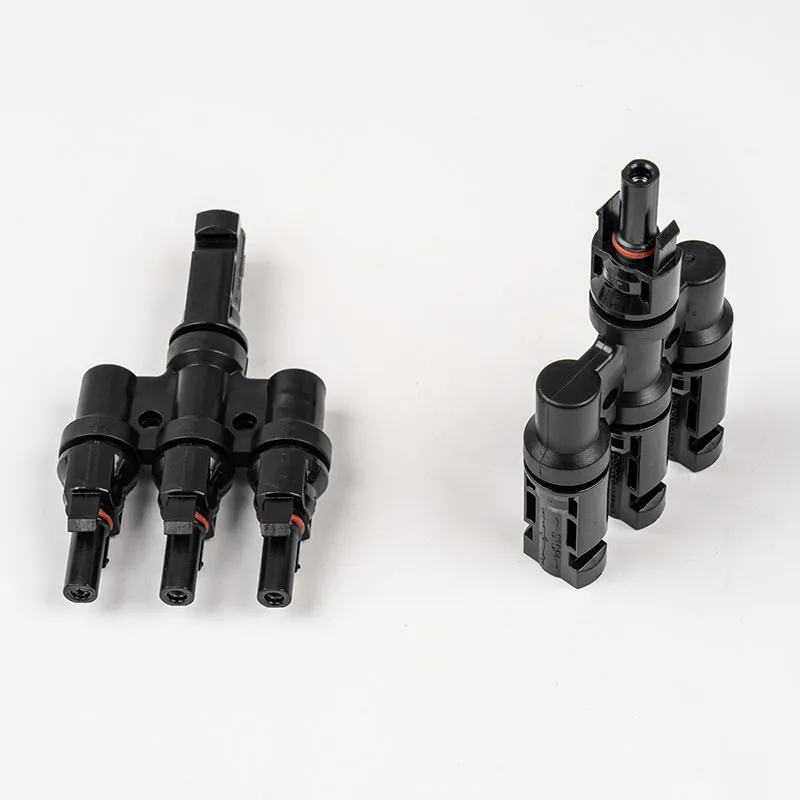

Ningbo Dsola New Energy Technical Co., Ltd. is a leading supplier of high-quality electrical connectors for solar power systems. Our connectors are designed to provide a reliable and secure connection between components, and they are built to withstand harsh weather conditions. With over 10 years of experience in the industry, we are committed to providing our customers with the best possible products and service. Contact us today at dsolar123@hotmail.com to learn more about our products and how they can help you build a better solar power system.
B. K. Hegyi and G. A. J. Amaratunga, 2015, “Development of a fiber Bragg grating sensor system for monitoring dynamic strain in a photovoltaic module”, Journal of Applied Physics, 117(23).
I. Anterrieu and J. R. Dunlop, 2013, “Low energy loss solar cells with graded band-gap using nanowire array enhancement”, Journal of Applied Physics, 114(11).
K. H. Kato, S. R. Wenham, and M. A. Green, 2012, “Improving the efficiency of multicrystalline silicon solar cells by surface passivation with silicon dioxide and silicon nitride”, Applied Physics Letters, 100(5).
Q. Liu, K. Wang, S. Liu, C. Yu, and N. Wang, 2013, “Size-dependent color tunable CuInS2 quantum dots with high photoluminescence quantum yield”, Applied Physics Letters, 103(22).
K. Nakayama, Y. Kato, K. Yamamoto, and K. Hasebe, 2012, “Investigation of the influence of proton irradiation on CIGS thin-film solar cells using capacitance measurements”, Japanese Journal of Applied Physics, 51(10).
A. K. Srivastava, 2013, “Modification of transparent conducting electrodes for solar cells”, Journal of Renewable and Sustainable Energy, 5(3).
J. Wu, H. Pu, B. Zhao, Z. Liu, and X. Gao, 2014, “Characteristics of semi-transparent organic solar cells based on poly(3-hexylthiophene) and fullerene derivative”, Journal of Applied Physics, 116(15).
P. Xu, M. Tang, and Y. Huang, 2011, “Theoretical investigation of a high-efficient multi-junction solar cell with an n-type inverted structure”, Solid-State Electronics, 64(1).
S. Yang, P. Liu, W. Huang, X. Wang, and H. Xie, 2013, “Efficiency enhancement in CdS/CdTe thin film solar cells with ZnTe passivation layer deposited by close-spaced sublimation”, Journal of Applied Physics, 114(14).
M. C. Zielonka, A. Polity, H. Soltwedel, L. Korte, and B. Rech, 2012, “Optimization of ZnO:Al thin films for silicon thin-film solar cells”, Journal of Applied Physics, 111(12).
Z. Zhu, Z. Shi, X. He, Q. Zhao, and H. Li, 2012, “Preparation and characterization of titanium dioxide-based photoanodes for quantum dot-sensitized solar cell applications”, Journal of Applied Physics, 112(9).